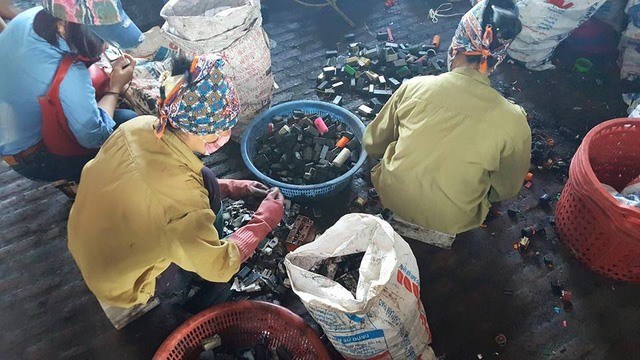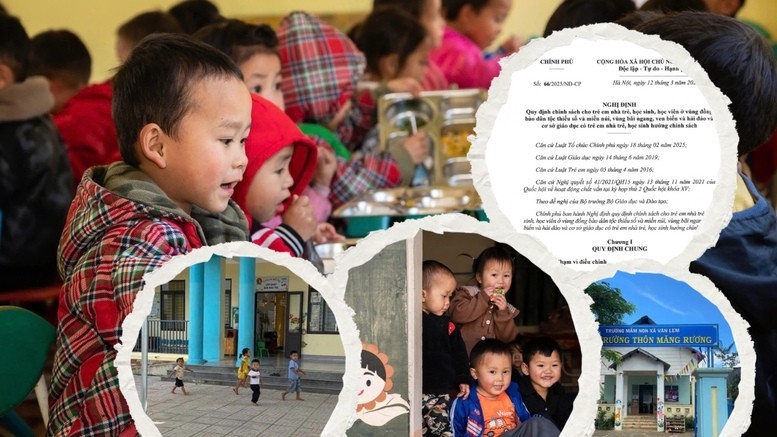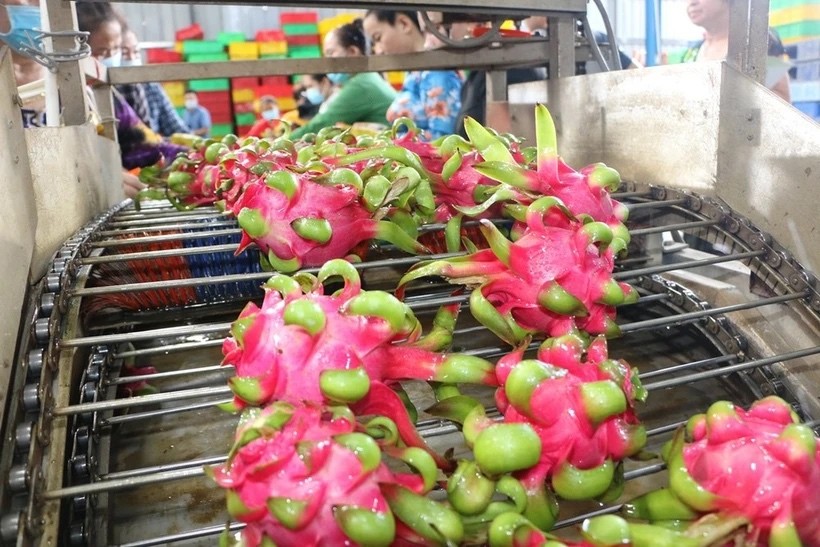Health Ministry helps provinces curb lead contamination
The National Institute of Occupational and Environmental Health (NIOEH) under the Health Ministry has conducted a health examination on Vietnamese people who are highly exposed to lead.
The purpose of the examination is to help them reduce the risk of lead contamination and poisoning.
This month, the institute took blood samples of 60 children in Phu Xa ward in northern Thai Nguyen city of Thai Nguyen province to determine the level of lead.
Last month, children with exposure to lead in Dong Hy district in Thai Nguyen province and Cho Don district in northern Bac Kan province also underwent testing.
It is part of a research being conducted by the NIOEH on lead poisoning of Vietnamese children. The research focuses on assessing environment situation, its impact on children’s health and mapping out measures.
 |
Accumulator recycling at craft villages poses high risk of lead poisoning. (Photo: dantri.com.vn)
The research was conducted in localities which have mine ores, metallurgy, recycling and make lead-containing waste, such as Hung Yen, Thai Nguyen and Bac Kan provinces.
Following testing results, the NIOEH will instruct locals to take intervening and preventive measures against lead poisoning.
The institute has also worked with local medical facilities to disseminate knowledge to raise local awareness on culprits and the impacts of lead on health.
According to a NIOEH's representative, sources of lead pollution originate from mining, metallurgy, recycling and the use of lead in paint and petrol.
Children are the most vulnerable to lead poisoning, which may result in serious and long-term consequences, especially the impact on the development of a child’s brain and nerve system. Lead also poses a threat to adults, such as the risk of high blood pressure and kidney failure.
Dr. Doan Ngoc Hai, Head of the NIOEH, said the release of lead can be done but is unsustainable. Following the release, children return to live in the lead-polluted environment and are exposed to lead again.
She advised residents not to be lured by economic benefits and ignore their health, in addition to suggesting planning of lead recycling villages.
The Natural Resources and Environment Ministry’s latest nationwide survey of 52 handicraft villages has revealed that 46 per cent of them are severely polluting the area’s air, water and land, as well as causing noise pollution.
The survey also shows that people who live in or near such craft villages are at higher risk of suffering from respiratory problems, cancer and mental ailments./.
VNF/VNA
Recommended
 National
National
Vietnam News Today (May 7): Vietnam Hosts Over 7.67 Million International Visitors in First 4 Months
 National
National
Vietnam News Today (May 6): Party Leader To Lam Meets Vietnamese Expatriates in Kazakhstan
 National
National
Boarding Kindergarten Children Supported with VND360.000/Month
 National
National
Vietnam News Today (May 5): Party Chief To Lam’s Trip to Russia Carries Special Strategic Significance
Popular article
 National
National
Vietnam News Today (May 4): Vietnam, Sri Lanka Deepen Traditional Friendship, Comprehensive Cooperation
 National
National
Vietnam News Today (May 3): Vietnam And Kazakhstan to Elevate Relations to Comprehensive Partnership
 National
National
Vietnam News Today (May 2): Overseas Vietnamese Help Vietnamese Products Go Global
 National
National



